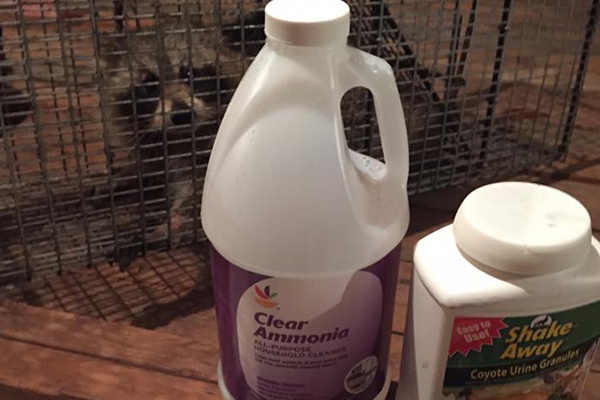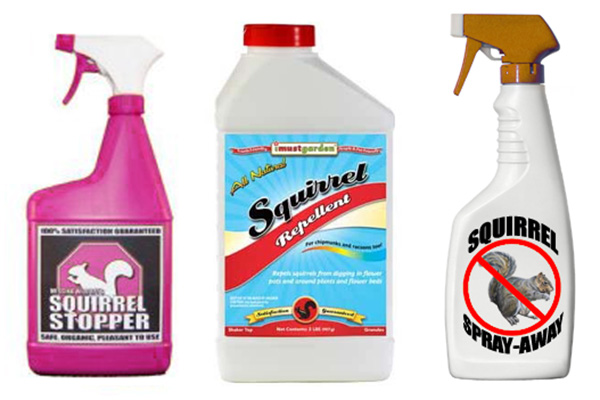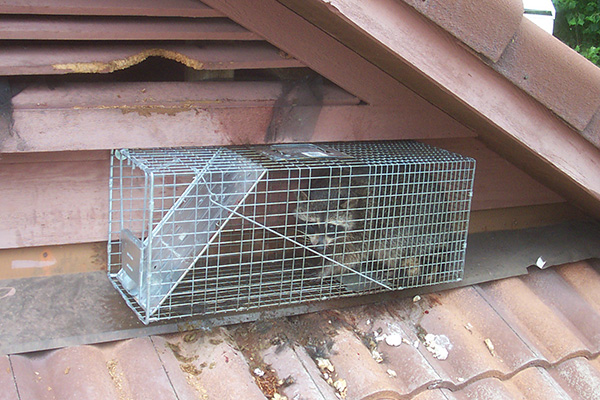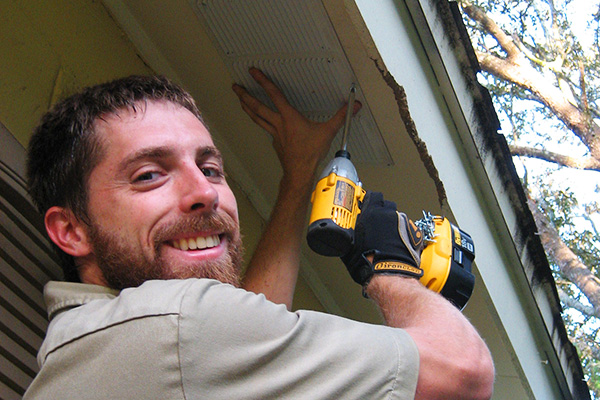- info@animalatticpest.com
- Call - we service 300 locations

Repellent to Get Animals Out of the Attic - Deterrent Products
In my 15+ years as a wildlife removal professional, I have seen it all: every type of over-the-counter repellent, sold at places like Home Depot or Lowe's or online, from coyote urine flakes, to ammonia, to the end-all-be-all el cheapo scam, mothballs. I once went into an attic in which a desperate old lady had dumped close to 100 lbs. of mothballs in her attic. It reeked, she suffered from headaches and respiratory issues, and guess what? The squirrels didn't care! Here's the problem with repellents in general: once a wild animal lives in your attic, and has a nest of babies there, that's it. That's the only option for survival. They will endure anything rather than to leave and die outside without shelter. There is no device, no repellent that will make them leave. It's a life-or-death scenario, and a bad noise or bad smell doesn't do the trick. Go ahead and buy them - waste your time. But they have zero demonstrated effectiveness. The only way to actually solve a problem with wildlife in the attic is to identify the entry holes, seal them shut, and either physically trap or exclude the animals from the building.
Repellent to Get Animals Out of the Attic - Deterrent Products
This Homeowner Tried Repellents First
In about half of the jobs I service, I see that homeowners have tried products like these first, before they realize they don't work, and then do it right, by trapping.
Lots of Products are Sold!
A gimmick meant to take your money, but worst of all, waste your time. These won't solve the problem, which will only get worse while you wait.
We Recommend Trapping Instead
Repellents are gimmicks meant to take your money, but worst of all, waste your time. These won't solve the problem, which will only get worse while you wait.
Information About Repellent to Get Animals Out of the Attic - Deterrent Products
When an animal takes up residence in your attic, you want to get them out as soon as possible, preferably before they start leaving a mess with waste products, chewing wires, or destroying insulation. There are many repellents and home remedies that claim to get animals out of your attic, but unfortunately, these rarely work. Find out which repellents people claim will get the job done and what methods actually take care of your animal problem.
Why Repellents Don’t Work
In addition to the animals simply ignoring most repellents, there is a key problem with those that rely on annoying the animal with a scent. Over time, the scent wears off so you need to reapply it regularly. This means that even if you did see results from a particular repellent, you would have to spend time and money using it repeatedly, at least every two weeks. Otherwise, animals will just return to your attic. Keep in mind that you would also need to use a large enough quantity of the repellent in question to deliver results, particularly if your attic is well-ventilated, which is typically the case.
Natural And Homemade Remedies
If you are going to use a repellent despite knowing it is unlikely to be successful, you should at least consider a natural option. After all, these have minimal impacts on the environment and will be affordable as you most likely already have the items on hand. Regardless of the animal in question, a quick online search is likely to show you suggestions for predator urine, mothballs, and human hair. You will also find not so natural “repellents” you have lying around your home like bleach and ammonia, or dish soap. Other suggestions you may find for various animals include hot peppers, garlic, mint, or lavender oil. As mentioned above, the animals will simply ignore all of these things and even if they did work, you would have to reapply them regularly. Even though they are mostly natural, certain options, like mothballs, can pose a health risk.
Store Bought Repellents
Store bought repellents are unfortunately just as effective as homemade methods or natural remedies, but they have even more disadvantages. In many cases, they will contain harsh chemicals that can be damaging to your health or that of your family. They may also cause issues when sprayed into the air or if some of the chemicals run off into the water supply. Of course, there is also the problem that store bought repellents will cost something without providing any results, effectively wasting your money. Even so, you will find an incredible range of repellents for sale, including in the form of sprays, liquids, granules, and more. Some claim to work on particular animals while others work on a group of them and others claim to be effective on all wildlife.
Ultrasonic Sound Machines
If you keep looking online, you will also see some ultrasonic noise machines that say they work well as a repellent or deterrent. They theoretically emit a sound at a frequency that only the pesky wildlife can hear and will annoy the animals so much they choose to leave. In reality, however, these machines are expensive gimmicks. The animal in question will simply ignore the sound as they prefer to be mildly annoyed than risk starvation and predator attacks in the wild. Additionally, some people can actually hear the sounds emitted by these machines, making you a nuisance neighbor at times.
Light Machines
There are similar options recommended online with light, sometimes as simple as motion-detector lights. Once again, the animals will put up with the minor inconvenience of the light to avoid certain death outside.
Better Option: Trapping Or Exclusion
So if you are unlikely to see results with repellents, what are you supposed to do to get animals out of the attic? Depending on the animal in question, a professional will suggest you trap them or you use a one-way exclusion device. Before trapping, you should always check your local regulations for the particular animal involved since some areas place restrictions on trapping or even relocating specific animals, such as raccoons. When possible, exclusion tends to be easier since you don’t have to directly handle the animal. To use this method, seal up all entrances to the attic except the main one and cover it with a one-way door. Once you are sure all animals have left, seal the remaining hole and start cleaning up. It is possible to trap animals or use the exclusion method yourself, but you are much more likely to notice effective results if you hire a professional to do so for you.
Keep Them Out With Repairs
Regardless of how you get the animals out of your attic, you should finish by making sure no new animals get inside. The best way to do this is by making home repairs and sealing up every single entrance that wildlife could possibly use to get inside. This is the only way to ensure you don’t get more animals in your attic after you kick out the first group.
The Bottom Line
Do animal repellents work at getting them out of the attic? NO! Luckily, the problem is just as easy to solve with repairs and exclusion doors as it is with a applying an attic repellent. Do it the right way and get your animal problem solved.




